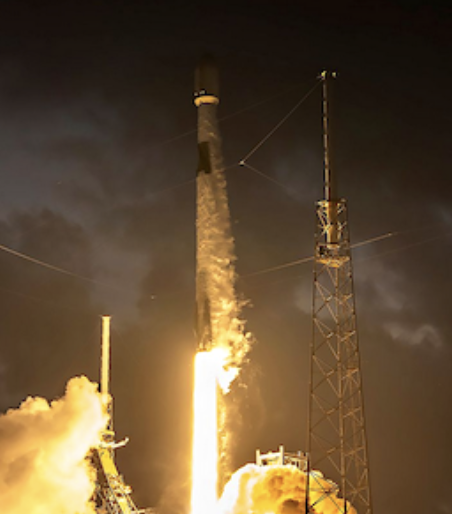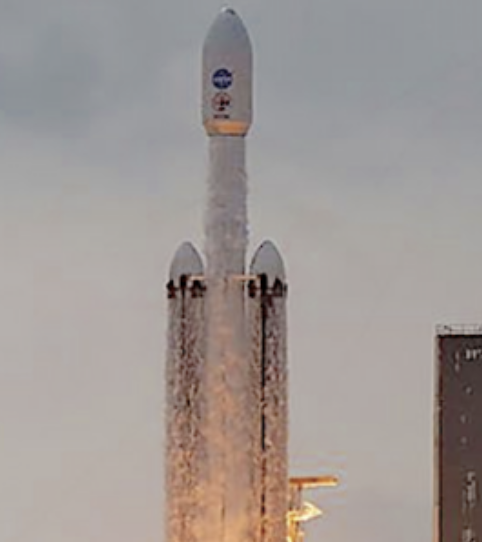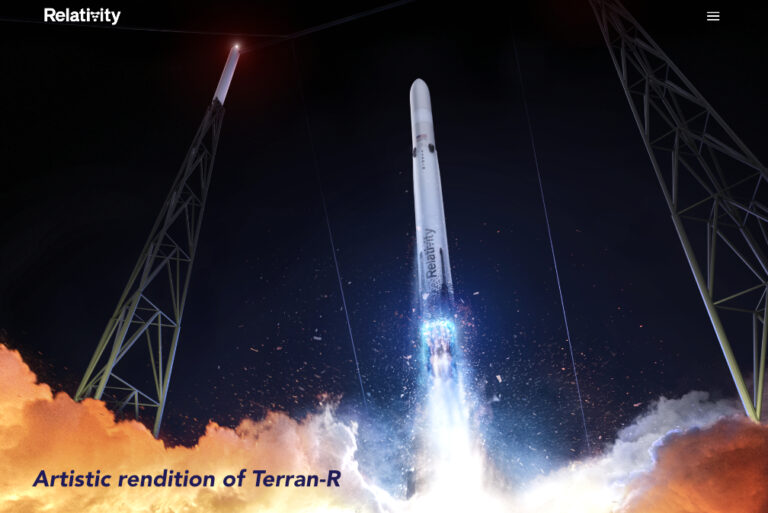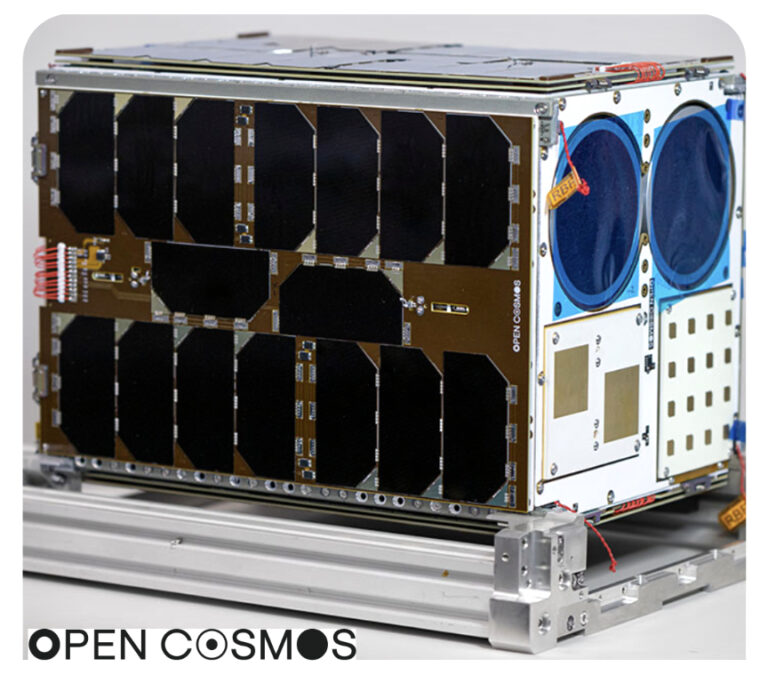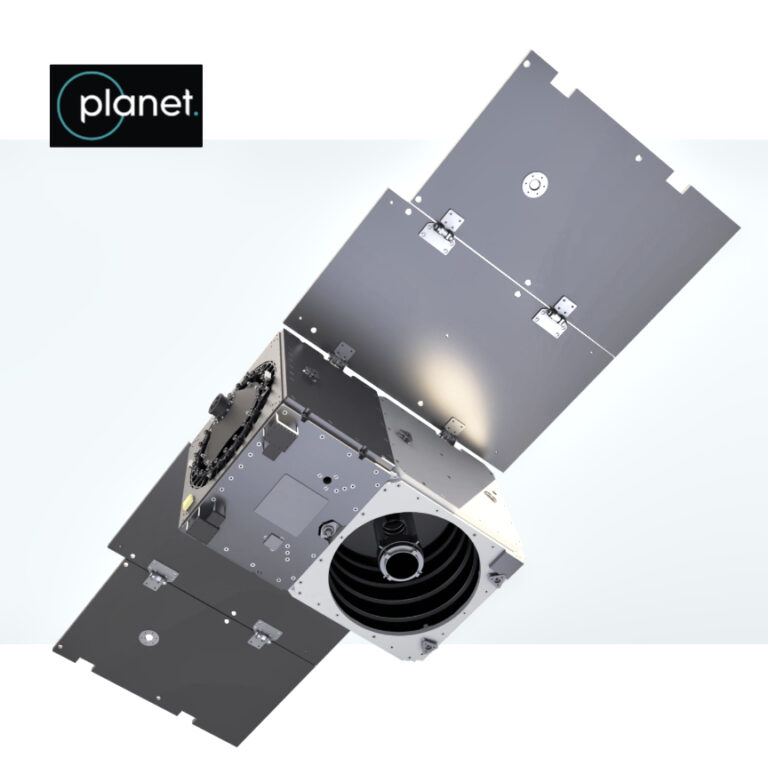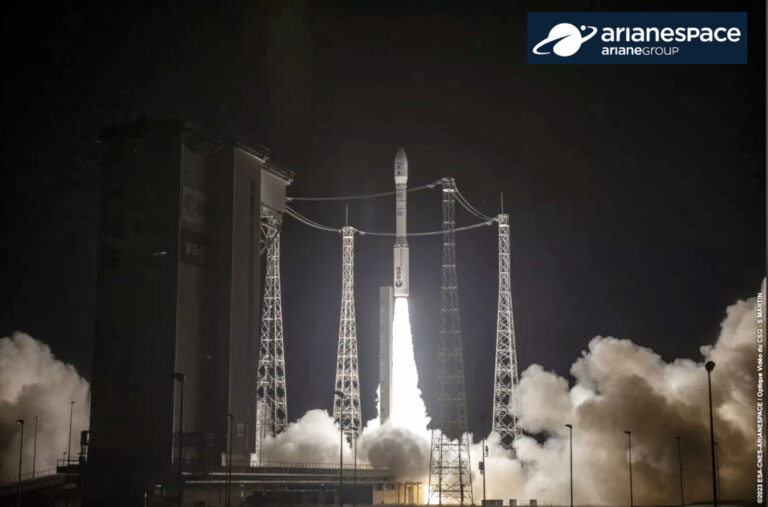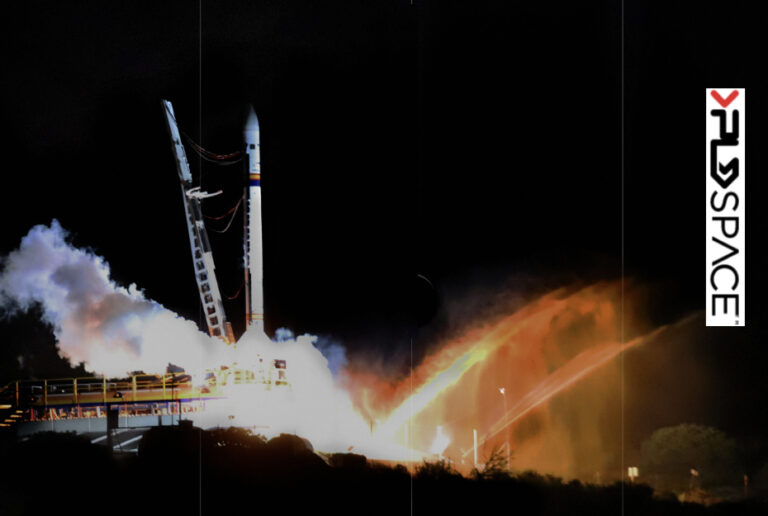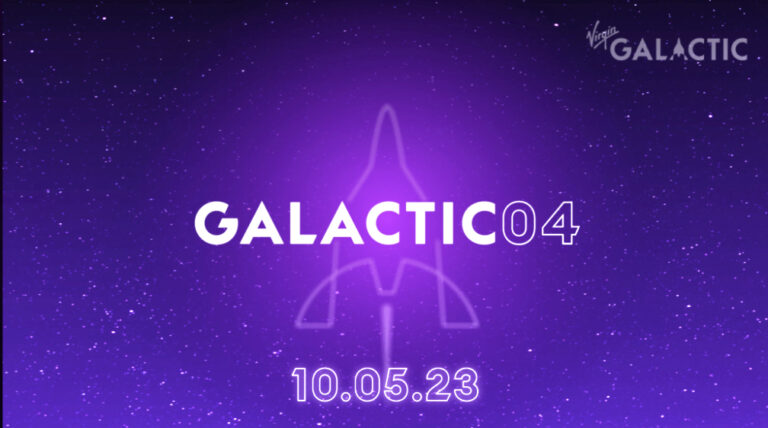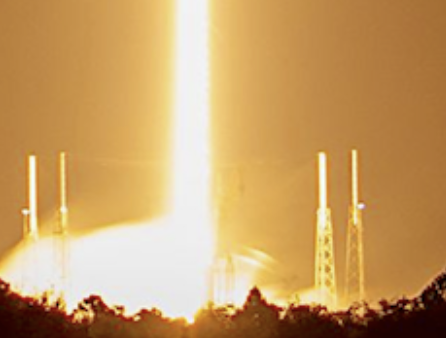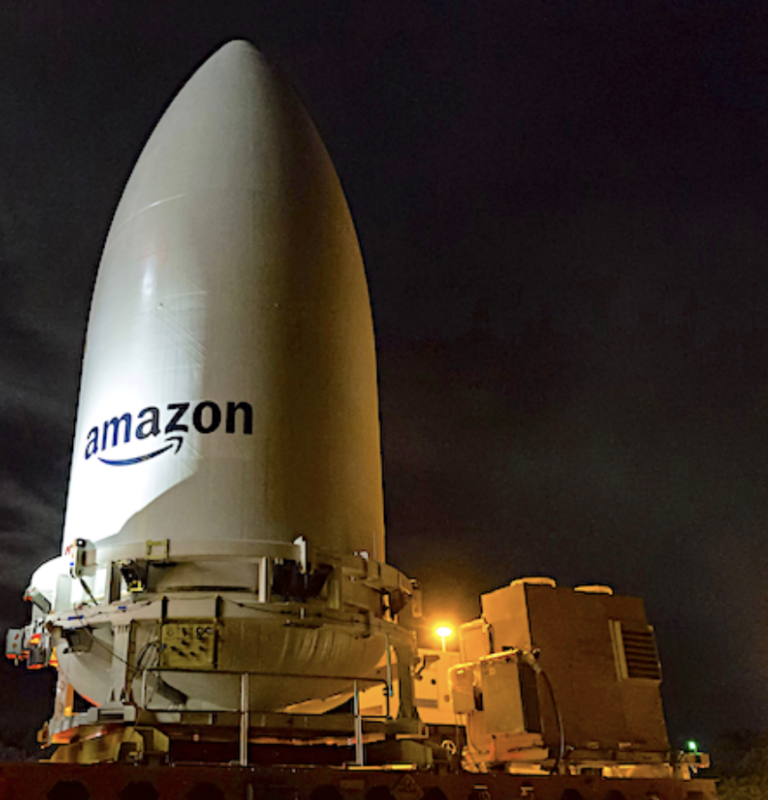FEATURED
The best of SatNews—essential reads, standout reporting, and hand-picked stories worth your time.
WATCH HERE: Live Keynote Speech From US Space Command Commander General James Dickinson @ MilSat Symposium 2023
Join the live broadcast from the third annual MilSat Symposium conference. Keynote will begin at 9:15 AM Pacific Time on October 20th ...
WATCH HERE: Live Keynote Speech From SDA Director Dr. Derek Tournear @ MilSat Symposium 2023
Join the live broadcast from the third annual MilSat Symposium conference. Keynote will begin at 2:20 PM Pacific Time on October 19th ...
WATCH HERE: Live Keynote Speech From US Space Force Brig. Gen. Jason Cothern @ MilSat Symposium 2023
Join the live broadcast from the third annual MilSat Symposium conference. Keynote will begin at 10:00 AM Pacific Time on October 19th ...
WATCH HERE: Live Keynote Speech From FCC Chairwoman Jessica Rosenworcel @ Satellite Innovation 2023
Join the live broadcast from the seventh annual Satellite Innovation conference. Keynote will begin at 9:15 AM Pacific Time on October 17th ...
Success on Friday the 13th for SpaceX Starlinks satellite launch
On Friday, October 13 at 7:01 p.m. ET, Falcon 9 launched 22 Starlink satellites to low-Earth orbit from Space Launch Complex 40 (SLC-40) at Cape Canaveral Space Force Station in Florida. This was the 14th flight for the first stage ...
UPDATE: SpaceX’s Falcon Heavy launches NASA’s Psyche mission to study a strange metallic asteroid
Courtesy of SpaceX UPDATE 2: On Friday, October 13 at 10:19 a.m. ET, Falcon Heavy launched NASA's Psyche mission to an interplanetary transfer orbit from Launch Complex 39A (LC-39A) at Kennedy Space Center in Florida. This was the fourth launch ...
Building the most detailed 3D map of the Milky Way: Belgian astronomers contribute to the Gaia Focused Product Releases
The European Space Agency (ESA) and the Gaia collaboration teams are publishing new data in the form of five Focused Product Releases. The results are very promising, making of this delivery a first teaser of what will be the fourth ...
Relativity Space + Intelsat sign MLA for Terran R launches
Relativity Space has signed a multi-year, multi-launch, Launch Services Agreement (LSA) with Intelsat wherein the company will launch Intelsat satellites on the firm's Terran R launch vehicle as early as 2026. As a medium-to-heavy-lift, reusable launch vehicle made for growing ...
Open Cosmos’ MANTIS satellite prepped for upcoming launch
Open Cosmos provides a new generation 12U spacecraft platform, MANTIS. This platform hosts the Integrated Standard Imager for Microsatellites (iSIM-12U), an innovative, high-resolution, optical payload for EO missions developed by Satlantis Microsats SL. Open Cosmos and the European Space Agency ...
Planet’s Pelican tech demo satellite ready for launch
Planet Labs PBC (NYSE: PL) has announced that the company's Pelican tech demonstration satellite, Pelican-1, along with 36 SuperDoves, have arrived at Vandenberg Space Force Base in preparation for launch next month. Pelican-1, designed and manufactured by Planet, is the ...
SSC taking applications for Project Apollo to accelerate advances in SDA
Space Systems Command (SSC), the United States Space Force (USSF) field command responsible for acquiring, developing, and delivering resilient space capabilities, is now accepting applications for the organization's inaugural Project Apollo cohort. Details and on-line applications can be found at ...
SFL celebrates 25 years of smallsat development
Space Flight Laboratory (SFL) is celebrating 25 years of building smallsats that provide big returns for commercial, government, and research clients — established in 1998, SFL has built 70 operationally successful satellites. recording 270 years on-orbit for dozens of distinct ...
The launch of Arianespace Flight VV23 is a smallsat deployment success
On Friday, October 8, 2023, at 22:36 p.m. local time (01:36 a.m. UTC), Arianespace’s Vega mission successfully lifted off from Europe’s Spaceport in Kourou, French Guiana, carrying the optical observation satellite THEOS-2, the weather satellite FORMOSAT-7R TRITON as well as ...
PLD Space successfully completes 1st private space rocket launch in Europe
PLD Space has made history after successfully completing the launch of the first private European rocket, MIURA 1 — this milestone achievement reinforces PLD Space's position in building national and European strategic capabilities. The first launch of MIURA 1 occurred ...
United Launch Alliance’s successful launch of Amazon’s Protoflight mission
Liftoff!: Atlas V Project Kuiper ProtoflightThe United Launch Alliance Atlas V rocket carrying the Protoflight mission for Amazon's Project Kuiper lifts off from Space Launch Complex-41 at 2:06 p.m. EDT on October 6.Photo by United Launch Alliance Success. A picture ...
Virgin Galactic has completed their 5th spaceflight in 5 months
Virgin Galactic Holdings, Inc. (NYSE: SPCE), on October 5th, completed the company's fifth successful human space mission in five months — ‘Galactic 04.’ The three private astronauts aboard ‘Galactic 04’ bring different backgrounds and cultures to the mission, along with ...
SpaceX launches 22 Starlinks making this the 70th successful launch of the year
The cameras at the launch site were visibly shaking due to the strong winds, but the launch took place to everyone's relief. THURSDAY UPDATE: SpaceX launches ... After numerous delays beginning on the evening of October 4th the launch took ...
SpaceX Starlink launch just hours away
SpaceX photo from Friday, September 29 launch WEDNESDAY UPDATE: SpaceX is targeting Wednesday, October 4 at 10:45 p.m. ET for a Falcon 9 launch of 22 Starlink satellites to low-Earth orbit from Space Launch Complex 40 (SLC-40) at Cape Canaveral ...
Spain’s MIURA 1 launch campaign kicks off
PLD Space has successfully concluded the two pre-launch tests of the first flight unit of the Spanish launcher, specifically the umbilical cable tests and the Wet Dress Rehearsal (WDR) — the positive results obtained during these tests effectively give the ...
L-3 Update for ULA’s launch of Amazon’s Project Kuiper Protoflight mission — weather a factor
The Protoflight mission payload arrives at the VIF. Photo by United Launch Alliance L-3 UPDATE: Everything continues to progress towards the ULA Atlas V launch carrying the Protoflight mission for Amazon’s Project Kuiper. The mission is planned to lift off ...





